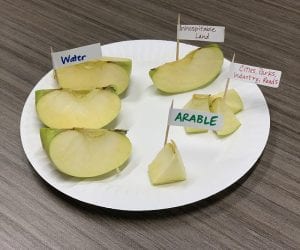Over the course of human history, Indigenous people around the globe have developed sustainable farming practices that have nourished their communities for generations. These practices prioritize health in its many different forms: the health of the soil, the nutrient content of the crops, and the physical health of the community. Each of the Indigenous agricultural techniques featured in this article have long, storied histories filled with cultural significance – and practical applications that can be used to solve today’s food security problems. Read on to learn something new about these effective, eco-friendly farming practices!
Agroforestry as a Land Use Management System
As Indigenous communities built cultures and societies rooted in caring for their land, they designed an agricultural practice that merged forests with farm fields. Communities would plant a carefully coordinated mixtures of local trees, shrubs, and other types of edible crops (like beans, corn, and vegetables), creating a human-made forest. This regenerative farming technique is called agroforestry. Each plant in the agroforest ecosystem plays a unique role that supports the other surrounding plants. For example, the trees provide the shorter plants with shade and prevent soil erosion with their extensive root systems. Plants like beans pull nitrogen from the air and place it back into the soil, naturally fertilizing the other plants.
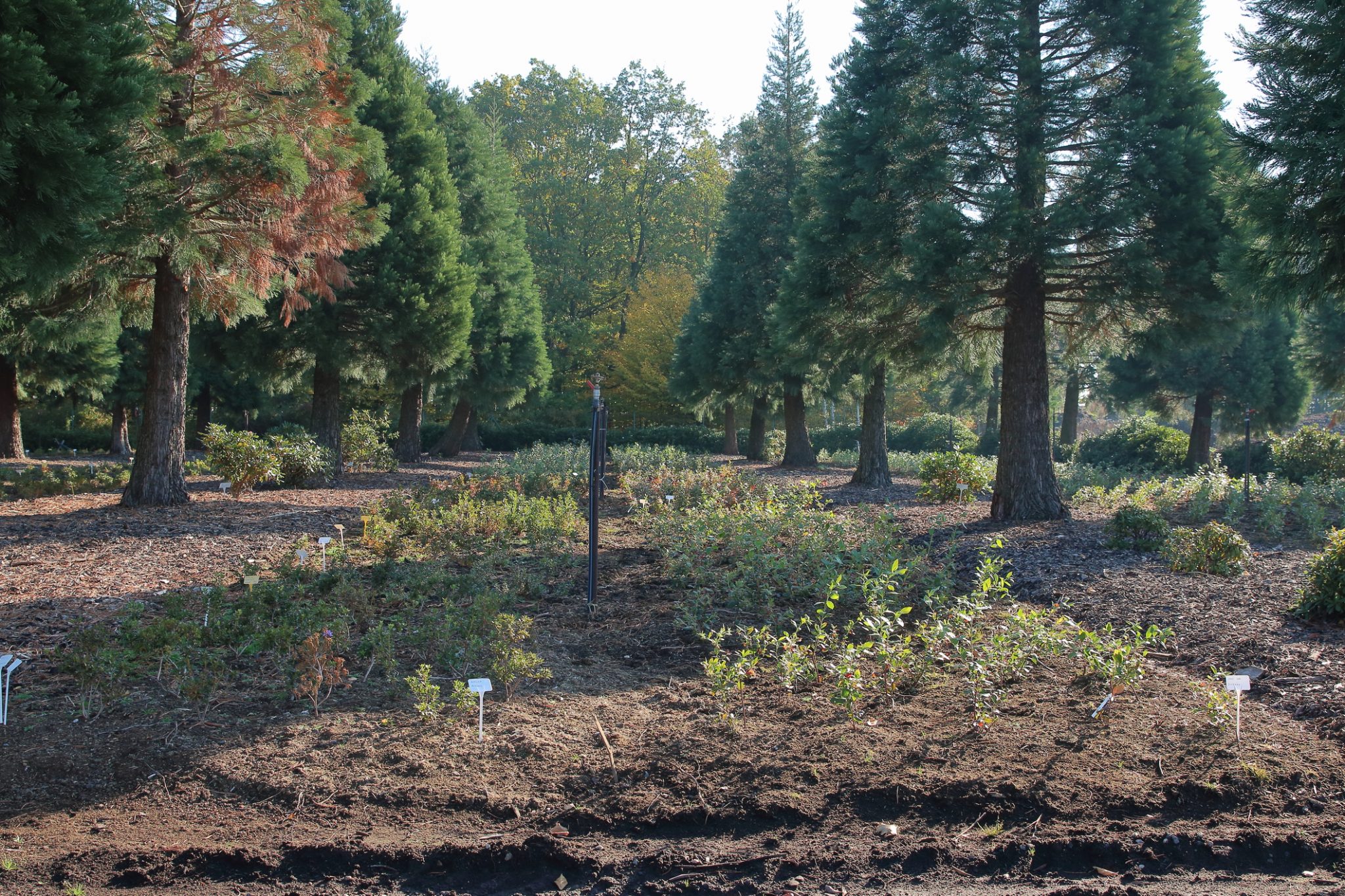
In addition to promoting soil health, agroforestry creates and supports a diverse landscape. When trees coexist with other types of crops, a greater variety of wildlife species are supported, and the natural biodiversity of agricultural areas can be markedly improved. This biodiversity supports humans too! When farmers are able to grow many different crops, their livelihoods and the food supply are less affected if one species fails to produce a bountiful harvest. Agroforestry speaks to the interconnectedness of nature, showing that both the planet and people benefit when plants are able to interact with other plants like they would in the wild.
Crop Rotation Combats the Impacts of Monoculture
Successive planting of the same crops year after year in the same field, known as monoculture, can cause severe soil nutrient loss. Crop rotation involves growing one plant in a field for one growing season, and then growing a different plant in the same field the following growing season. This process helps the field’s soil hold onto the nutrients that it needs in order to be a healthy growing environment. Similar to agroforestry, crop rotation is a centuries old agricultural practice with Indigenous origins.
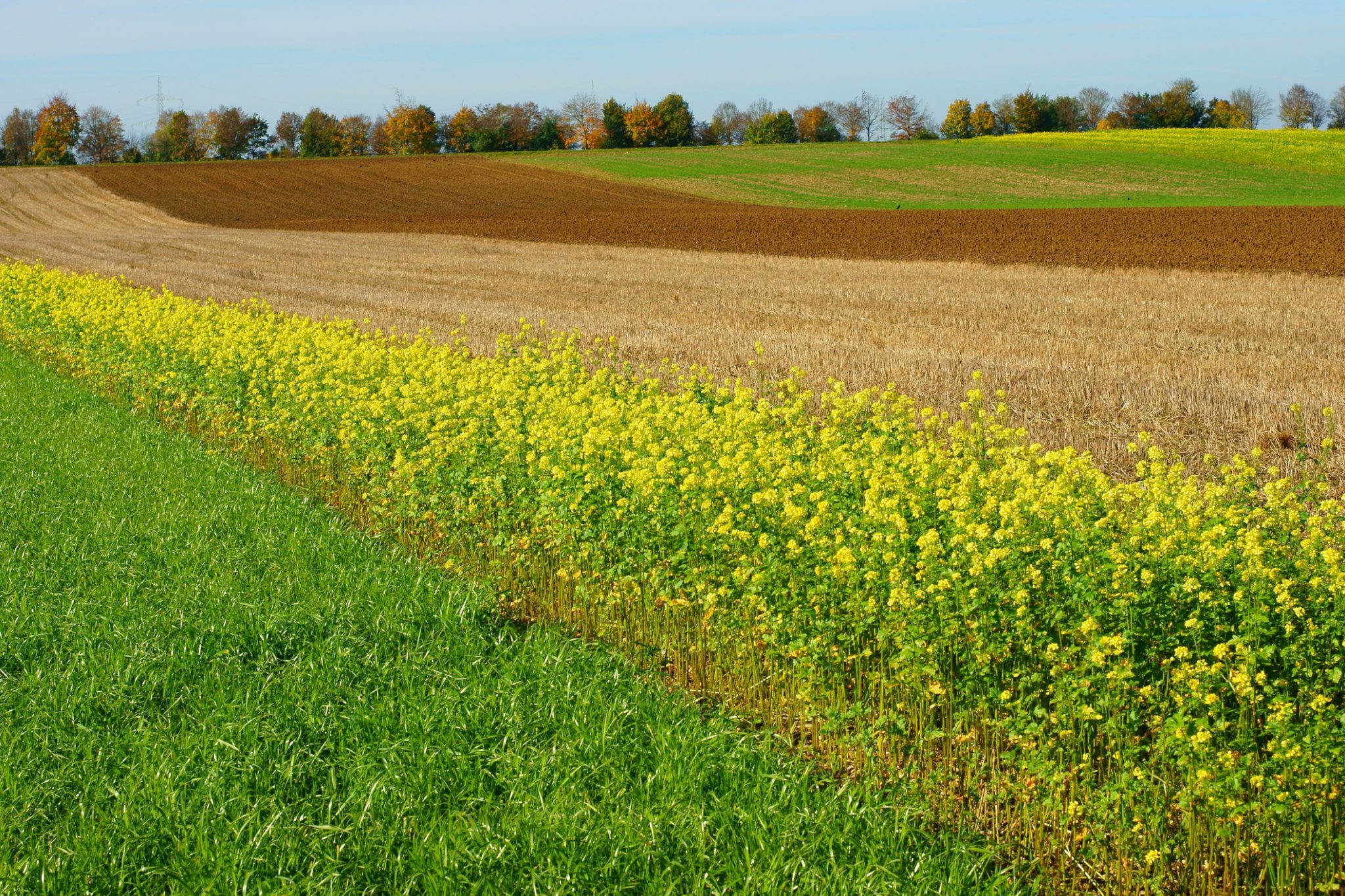
Low nutrient soil can lead to plants developing diseases and attracting pests. When the soil is unhealthy, farmers are more likely to use synthetic fertilizers and pesticides to encourage their plants to grow, leading to farm runoff polluting our waterways. Crop rotation is a simple, effective way to prevent these problems and it’s still used today to create healthy and productive farmland.
Companion Planting – Groups of Plants Grown Together in the Same Space
Indigenous communities have known for centuries that plants, when left to their own devices, can coexist in a mutually supportive way. However, some plants share a more direct supportive connection. The careful study of these plant relationships has led to an agricultural practice we now call companion planting. Companion planting is when groups of plants with specific characteristics are grown together in the same space, supporting each other as they grow. The most famous example of this is called The Three Sisters.
The Three Sisters are corn, beans, and squash. When grown together, each member of the group plays a role that allows the others to thrive. The corn provides a stalk for the bean plants to climb up, pulling nitrogen out of the soil as they grow. The beans replenish the soil with nitrogen, allowing the soil to stay healthy and full of nutrients. The squash grows around the beans and corn, protecting them both from weeds.
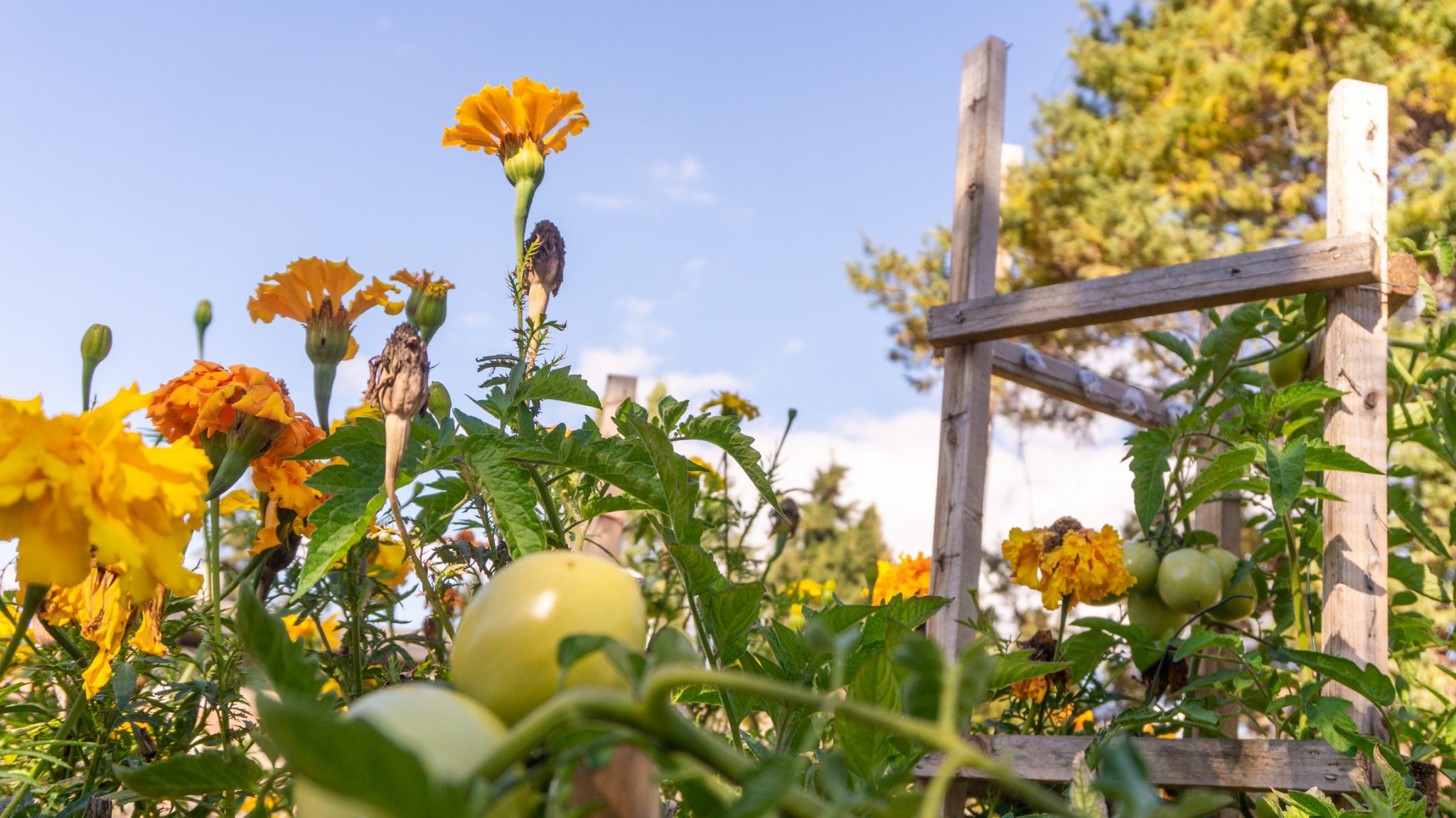
The Three Sisters were, and continue to be, an integral part of the diets and cultures of many different Indigenous communities across the Americas. These crops are more than just food. They carry a large cultural weight and are present in the mythologies, ceremonies, and daily lives of numerous groups of people. Companion planting shows us that agriculture is never just about what we eat.
Water Harvesting – A Sustainable Way for Collecting and Storing Water
As climate change increases the severity of droughts around the globe, responsibly managing sources of water becomes even more important. Modern farming utilizes huge amounts of water and can quickly deplete local water supplies. Water harvesting seeks to solve this problem by developing ways to collect and store as much rainwater as possible.
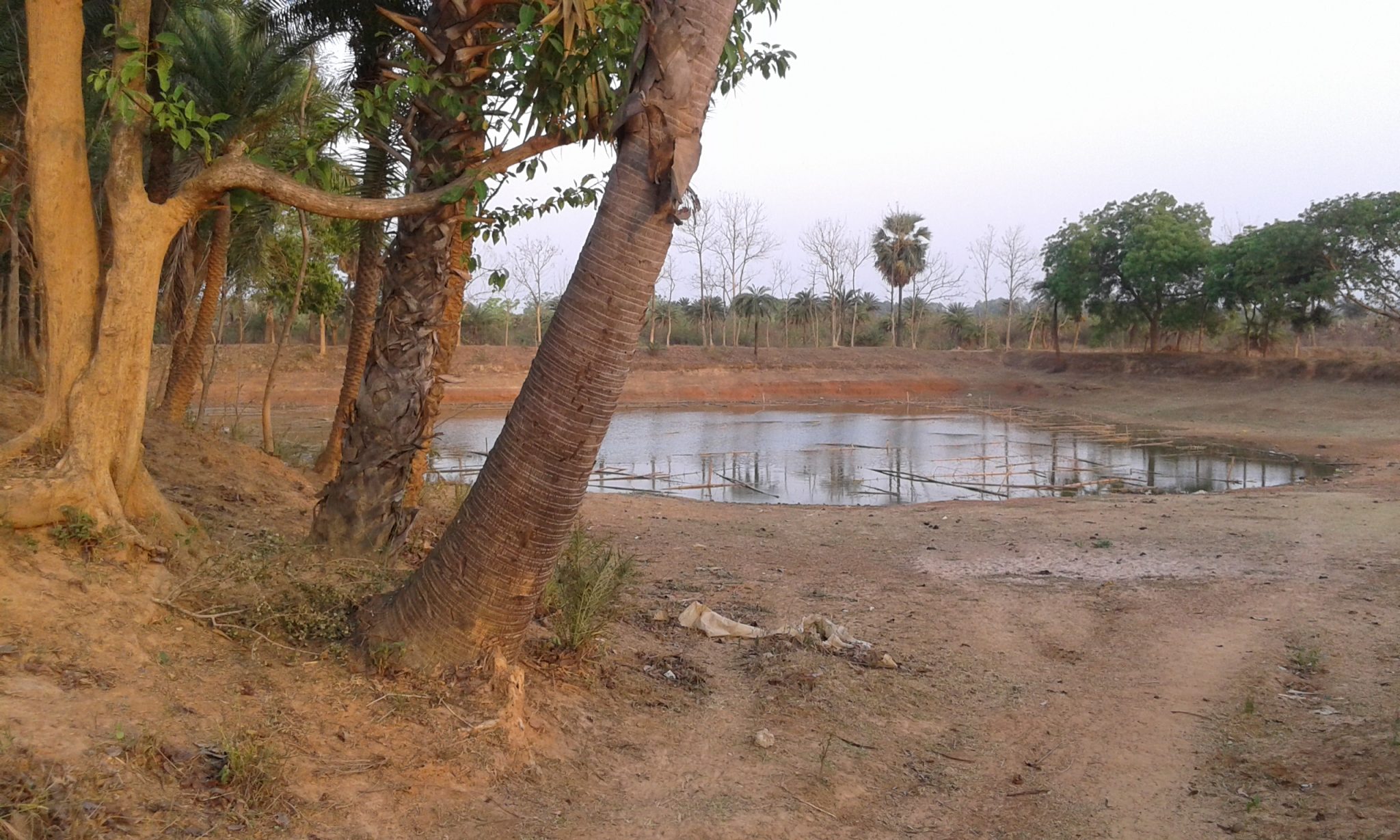
Over the centuries, unique water harvesting techniques have been developed by Indigenous communities. Typically, these techniques reflect the cultures and environmental conditions of the people who invented them. For example, farmers in West Bengal, India have developed a water harvesting system using “dobas”– a type of human made ditch that collects rainwater during monsoon season and redirects the water to crops during the dry season. When used strategically, these water harvesting systems can prevent entire fields of crops from drying out and dying off. As drought conditions worsen globally, Indigenous agricultural techniques like the ‘dobas’ and other forms of water harvesting will be crucial to maintaining a stable food supply.
Indigenous Agricultural Knowledge is Invaluable
The value of Indigenous agricultural knowledge cannot be overstated. Incorporating Indigenous farming techniques into modern large-scale food systems will make them more sustainable, environmentally friendly, and resilient to issues that can create food insecurity. If you would like to learn more about what Indigenous farming practices look like today, consider watching this excellent documentary about the Tsynhehkwa Organic Farm Project – spearheaded by the Oneida Nation of Wisconsin. It gives a great overview of how some of these agricultural practices are being used today in the United States. Happy farming!
Image credits: Agroforestry (ID 132261092 © Insos Kampung | Dreamstime.com); Crop rotation (ID 53238041 © Martingraf | Dreamstime.com); Companion planting (ID 190386376 © Joycegraceweb | Dreamstime.com); Water harvesting (ID 190509963 © Sourav Mukherjee | Dreamstime.com)



